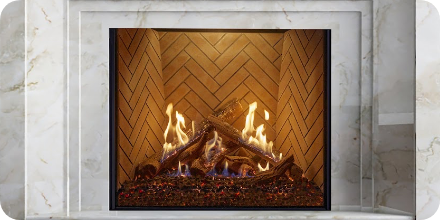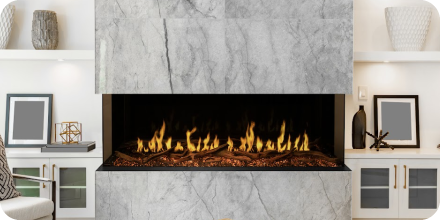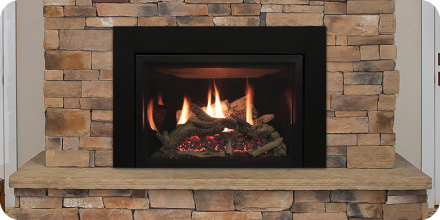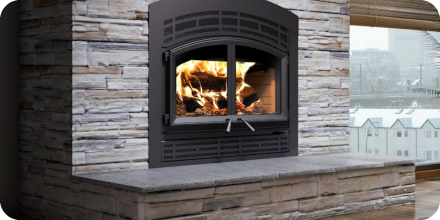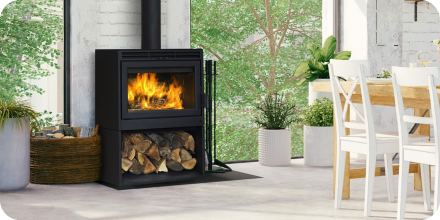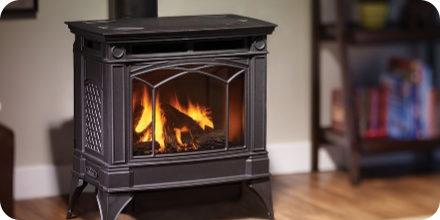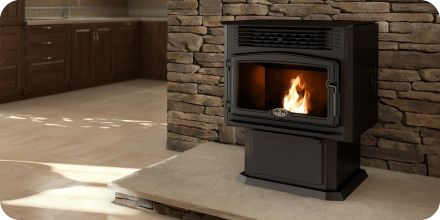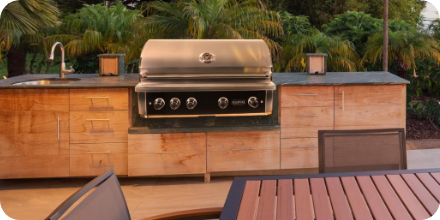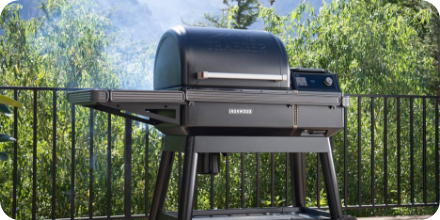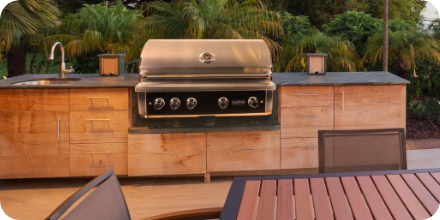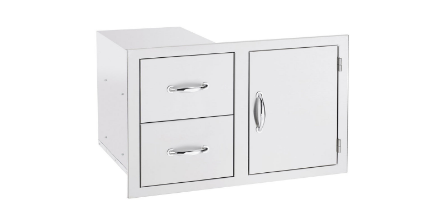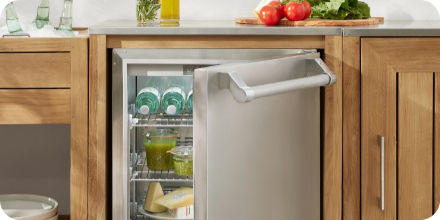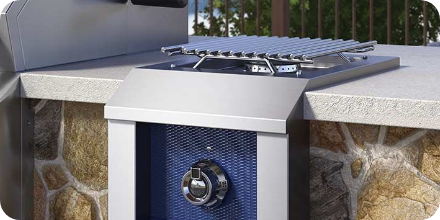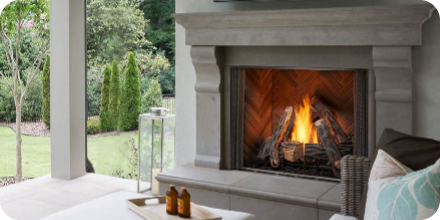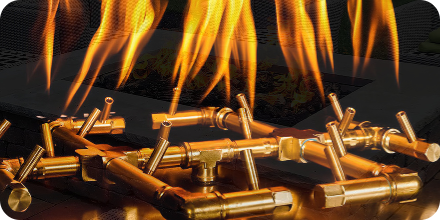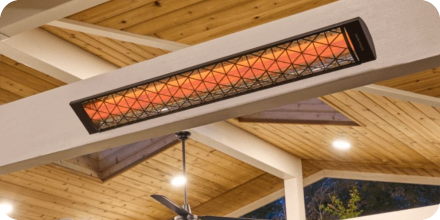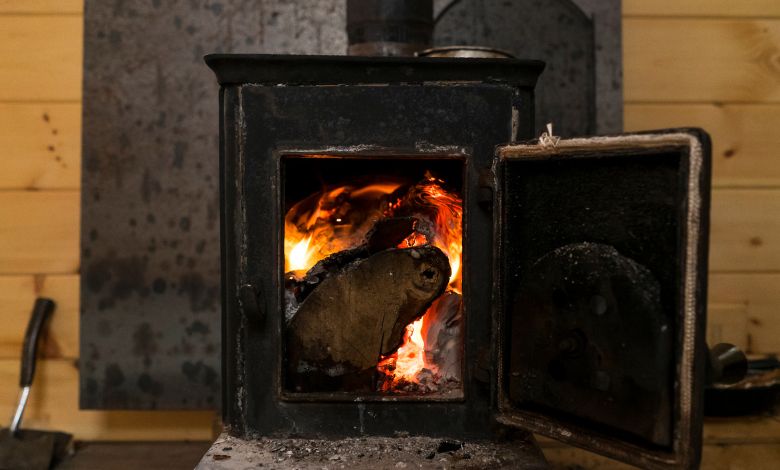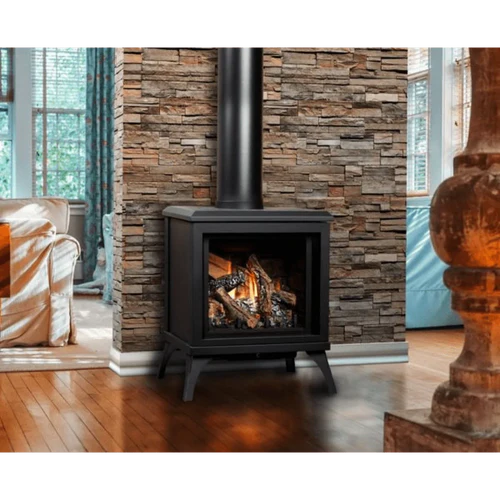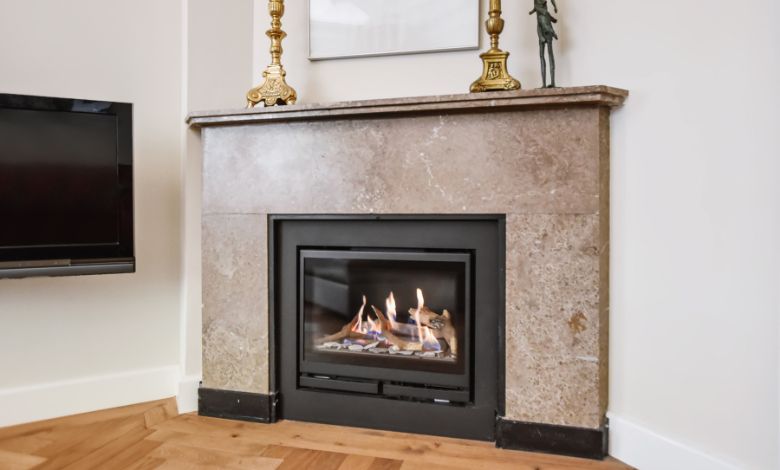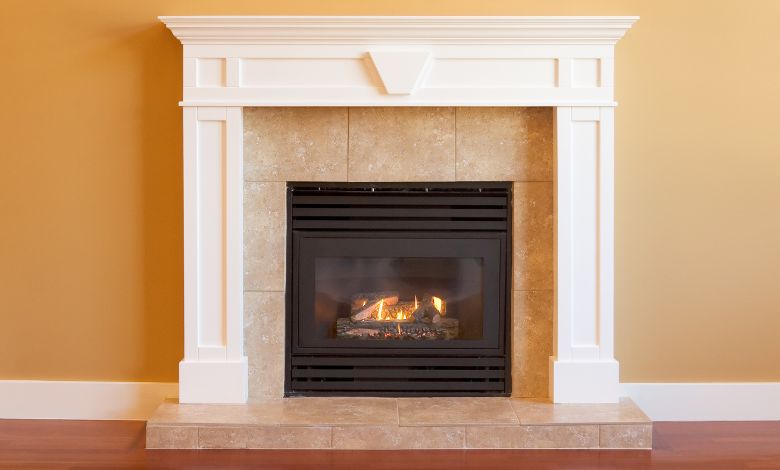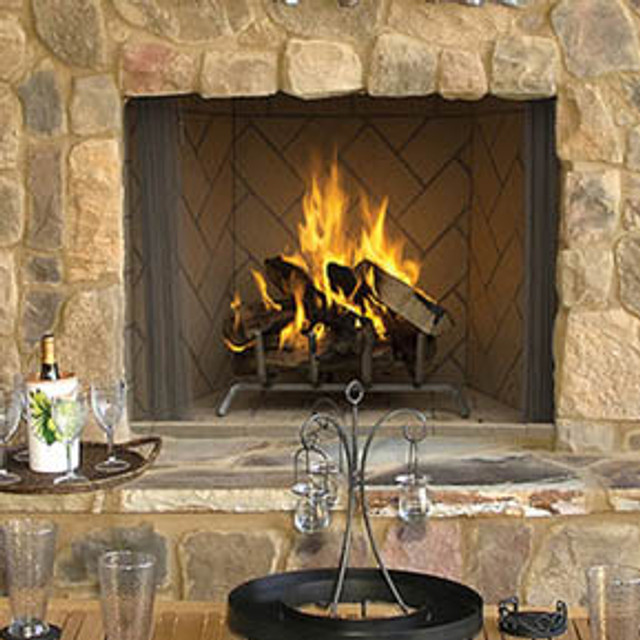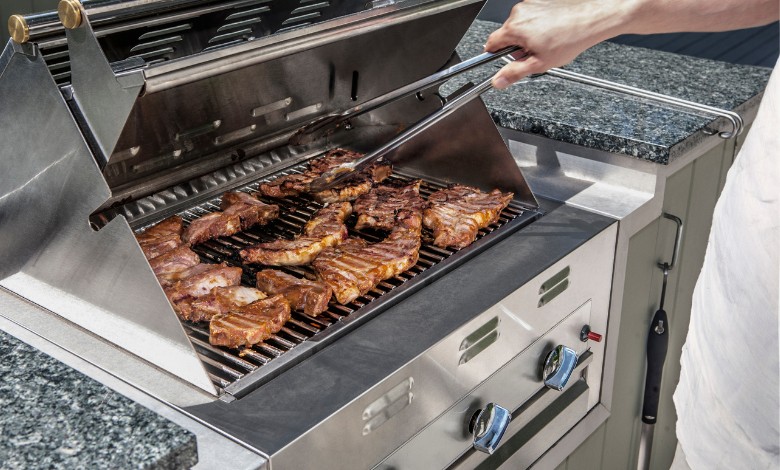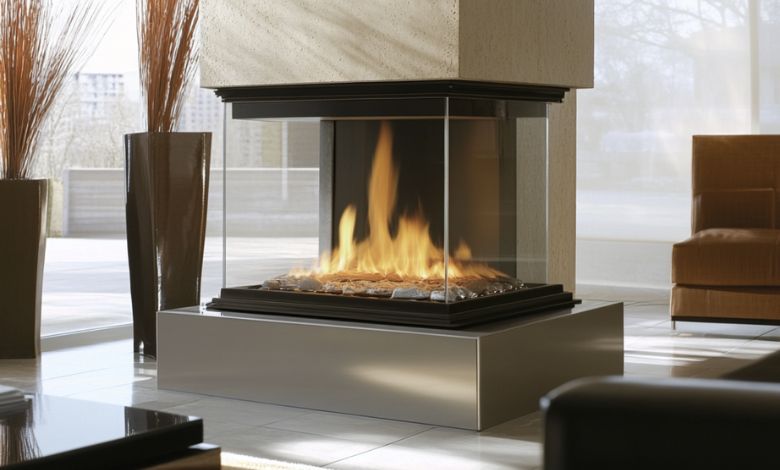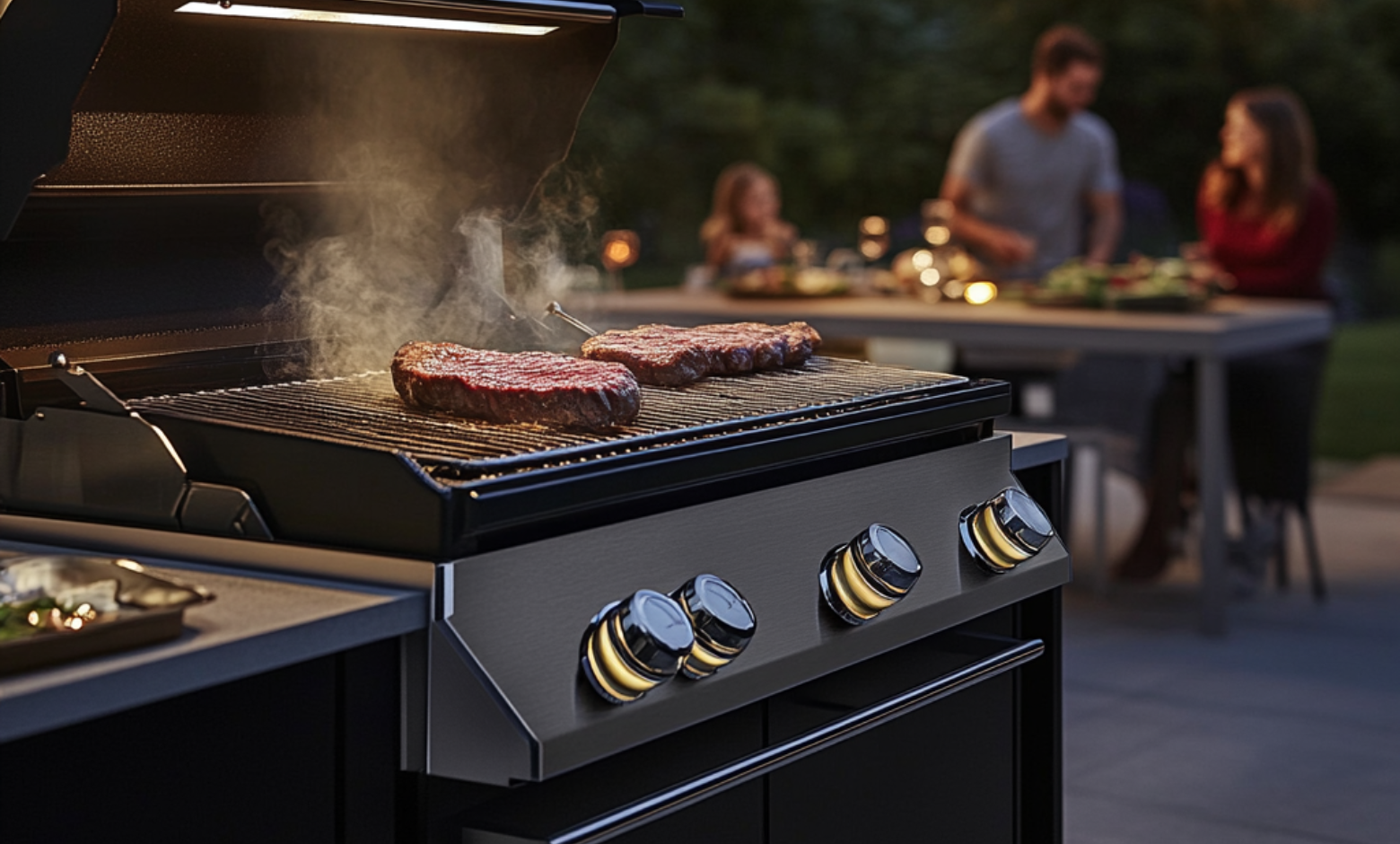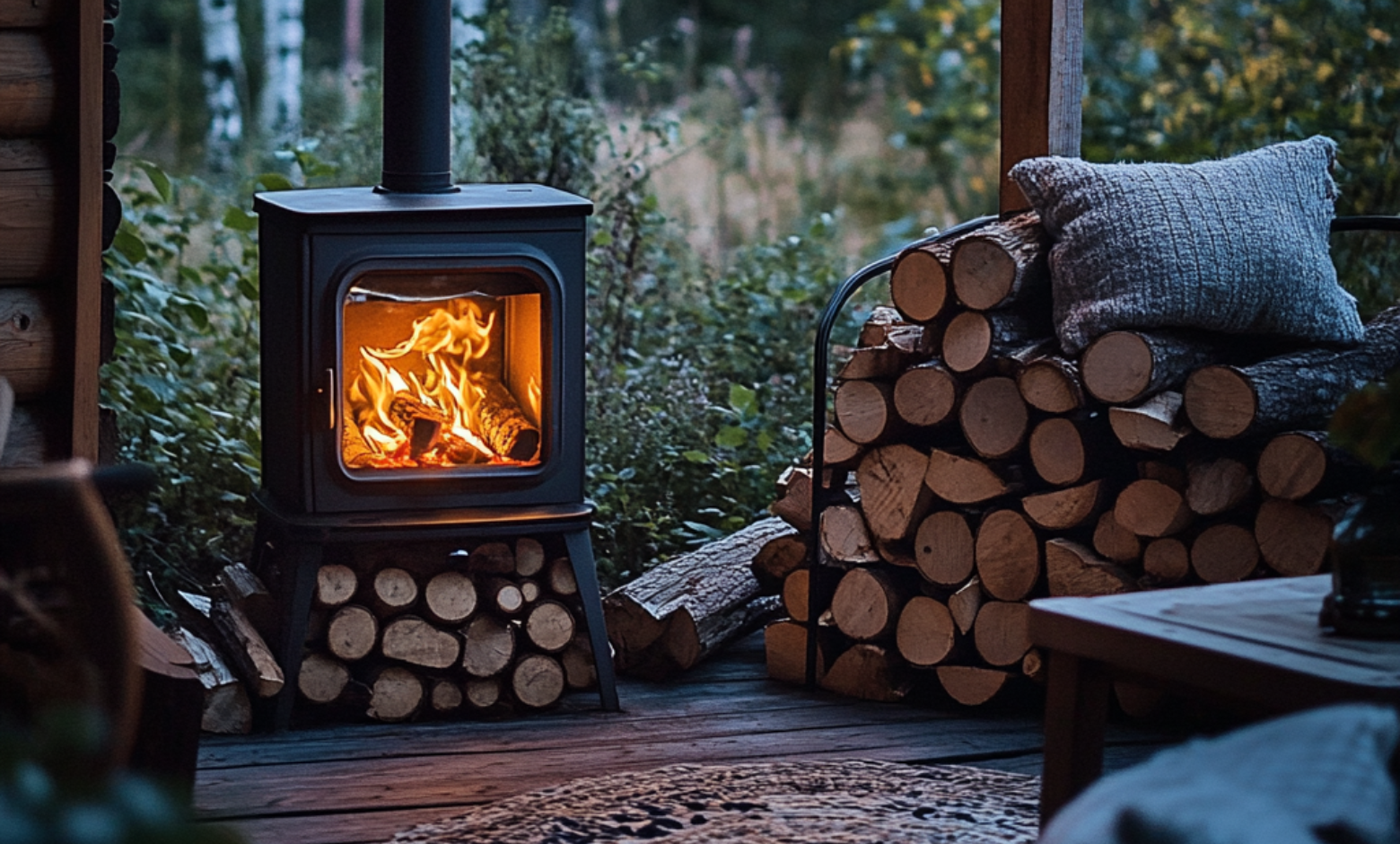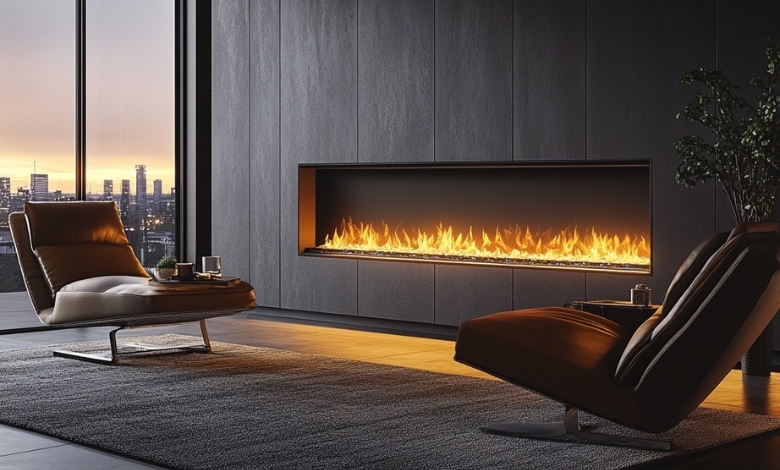What is a Gas Grill and How Does It Work?
Posted by Anna William on Sep 19th 2024

A gas grill is a go-to choice for outdoor cooking enthusiasts who want the convenience of quick, consistent heat and that satisfying sizzle of seared meat or veggies. Whether you're a grilling newbie or a seasoned BBQ pro, understanding how your gas grill works and knowing its parts can elevate your grilling game to a new level. Let’s dive into what makes gas grills popular and explore the essential components that power your perfect cookout.
What is a Gas Grill?
At its core, a gas grill is a cooking device designed for outdoor use that operates using propane or natural gas as fuel. Gas grills are popular because they offer convenience, precise temperature control, and faster heating compared to other grilling methods like charcoal. Whether you're a backyard BBQ beginner or a seasoned grilling pro, a gas grill offers a dependable and versatile cooking option, ensuring delicious and consistent meals every time.
The grill works by igniting the gas, which heats a set of burners. The heat then travels upward through a series of grill parts, which we’ll explore more in detail shortly, and cooks the food on a cooking grate. Unlike charcoal grills, which require monitoring and continuous attention to maintain temperature, a gas grill allows you to set it and forget it, offering a more relaxed grilling experience.
How Does a Gas Grill Work?
Now that we’ve covered the parts of a gas grill, let’s talk about how all these pieces come together to cook your food.
Burners
The burners are the core of any gas grill. Today’s models often feature several burners, providing consistent heat distribution across the entire cooking area for perfectly cooked meals. These burners are fueled by propane or natural gas and are responsible for heating the grill. The number of burners a grill has can vary, but two to six burners are common in most household models.
Gas Ignition
When you're set to light up your gas grill, the first thing you'll need to do is turn on the valve of your propane tank or natural gas line. Once the gas is flowing, you use the ignition system to create a spark. The spark sets the burners ablaze, and just like that, your grill is fired up and ready to cook!
Heat Distribution
The heat generated by the burners is transferred upwards to the cooking grates. In grills with multiple burners, each burner typically has its own control knob, allowing you to customize the temperature across different zones of the grill. For example, you can set up your grill with one side cranked up to high heat for that perfect sear, while the other side stays at a lower temperature, which is ideal for slow, even cooking. This way, you can switch between direct and indirect heat to get the best results.
Flavorizer Bars in Action
As your food cooks and releases fat and juices, the drippings fall onto the flavorizer bars. These bars catch the drippings and vaporize them, creating flavorful smoke that rises back up to infuse your food with that iconic grilled taste.
Cooking Process
Once your grill has reached the desired temperature, it’s time to place your food on the cooking grates. The intense heat from the grill chars the surface of the food, sealing in its natural juices and enhancing the rich flavor. This direct heat is what gives grilled food its signature texture and appearance—crispy on the outside, and juicy on the inside.
Temperature Control
One of the main advantages of a gas grill is the ability to control the temperature with precision. Adjust the burner knobs to increase or decrease the flame, giving you full control over the cooking process. Whether you’re cooking burgers, chicken, or veggies, the flexibility of a gas grill ensures perfectly cooked meals every time.
Parts of a Gas Grill
To fully appreciate how a gas grill works, it’s essential to understand its key components. Every component works together to make sure your food is cooked evenly and with maximum efficiency. Let’s break down the parts of a grill that come into play in your typical backyard BBQ setup.
Cooking Grates
Cooking grates, usually made of stainless steel or cast iron, sit directly above the burners. These grates are where the magic happens—they hold your food and transmit heat from the burners to cook your food evenly. Cast iron grates tend to retain heat better, giving your food those beautiful sear marks, while stainless steel is easier to clean and maintain.
Ignition System
The ignition system is the key to firing up your grill. Most gas grills use an electronic ignition system that sparks the gas and ignites the burner. This feature makes starting your grill as easy as pushing a button, so no more fiddling with matches or lighter fluid.
Flavorizer Bars or Heat Deflectors
Flavorizer bars, often found in premium gas grills, sit above the burners and beneath the grates. These angled metal pieces help distribute heat evenly, catch drippings, and create that delicious, smoky flavor we all associate with grilled food. As drippings hit these bars, they vaporize, adding flavor back to the food.
Gas Regulator and Hose
The gas regulator is responsible for managing the flow of gas from your propane tank or natural gas line, ensuring a steady and controlled supply to your grill for optimal performance. It ensures that the gas reaches the burners at a consistent rate, preventing sudden bursts of flame or uneven heating. The hose links the regulator to the gas source, providing a consistent and reliable flow of fuel.
Temperature Gauge
Most gas grills come equipped with a temperature gauge for those who like to keep an eye on things. This handy tool sits on the lid of the grill and helps you monitor the internal temperature without having to lift the lid and lose precious heat.
Drip Pan
A drip pan catches the excess grease and drippings that fall through the cooking grates. While this part may not seem glamorous, it’s essential for keeping your gas grill clean and reducing flare-ups that can burn your food.
These parts of a grill come together to create a seamless cooking experience, giving you both control and versatility.
Gas Grill Parts You Should Know
It’s not just about the burners and grates—every gas grill has essential gas grill parts that contribute to its overall function:
- Gas Regulator: Ensure a secure and steady gas flow from the propane tank or natural gas supply.
- Vents: Helps with airflow control to manage the heat inside the grill.
- Lid: Locks in heat and smoke, giving your food that delicious grilled taste.
Knowing the parts of a grill will ensure you make an informed decision when choosing the best gas grill for your needs. Whether you're looking for premium searing power or convenient side burners, understanding each component can help you customize your grilling experience.
The Best Gas Grill for You
So, how do you choose the best gas grill? It all comes down to your grilling habits and preferences. When hosting a barbecue for a group, having a spacious grill with several burners and plenty of room to cook is a must. For smaller households or those with limited outdoor space, a compact gas grill with foldable shelves might be the way to go.
Brands and models vary, but the key factors to consider include:
- Number of Burners: More burners give you flexibility for different cooking styles.
- Cooking Surface Area: Think about the typical quantity of food you tend to cook on the grill during a single session.
- Portability: If you’re a frequent camper or love tailgating, look for grills with wheels or compact designs.
- Materials: Stainless steel grills tend to last longer and resist rust.
At Embers Living, we know grills inside and out. Whether you need help with finding the best gas grill for your backyard or simply want to understand the parts of a gas grill better, we’ve got you covered.
Conclusion
In the world of outdoor cooking, gas grills offer convenience, control, and a faster cooking experience compared to other grill types. By understanding how your grill works and the gas grill parts involved, you can take your grilling to the next level. So the next time you fire up the grill, you’ll know exactly how each part contributes to that perfect bite and hey maybe you’ll impress your friends too!

